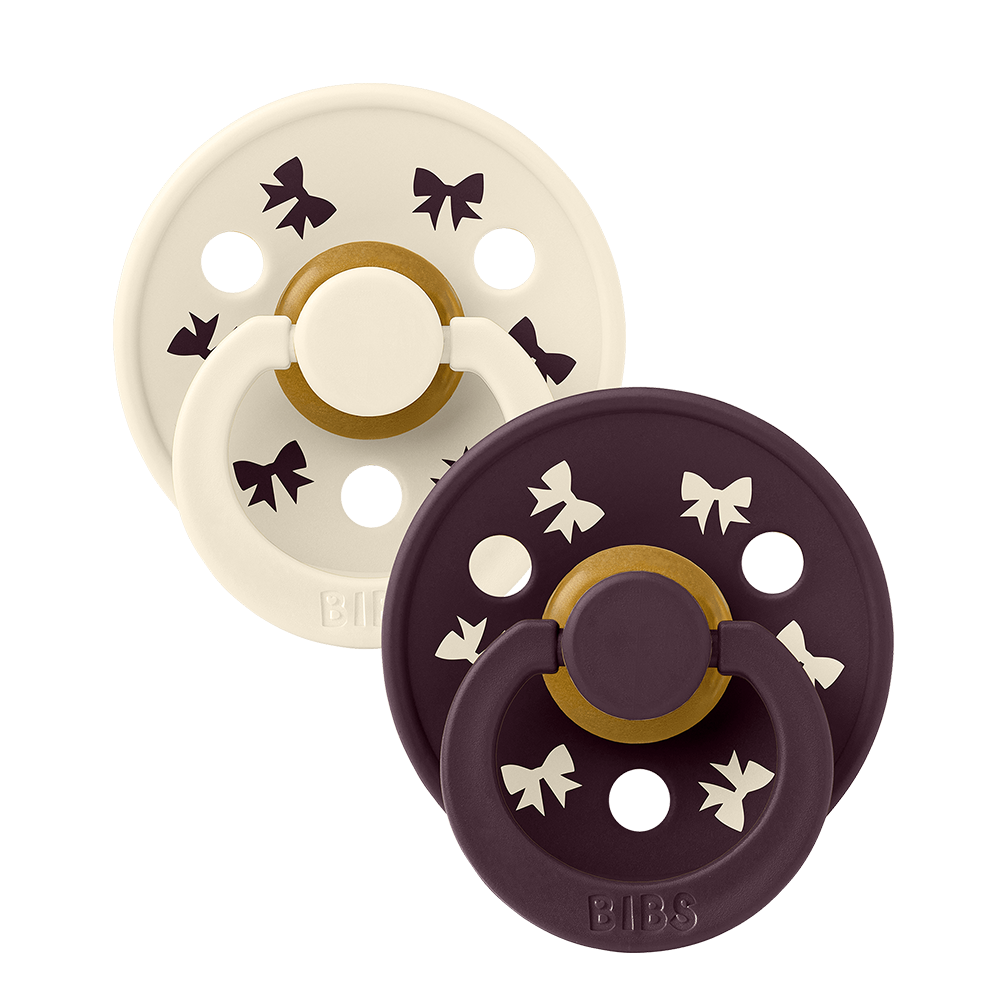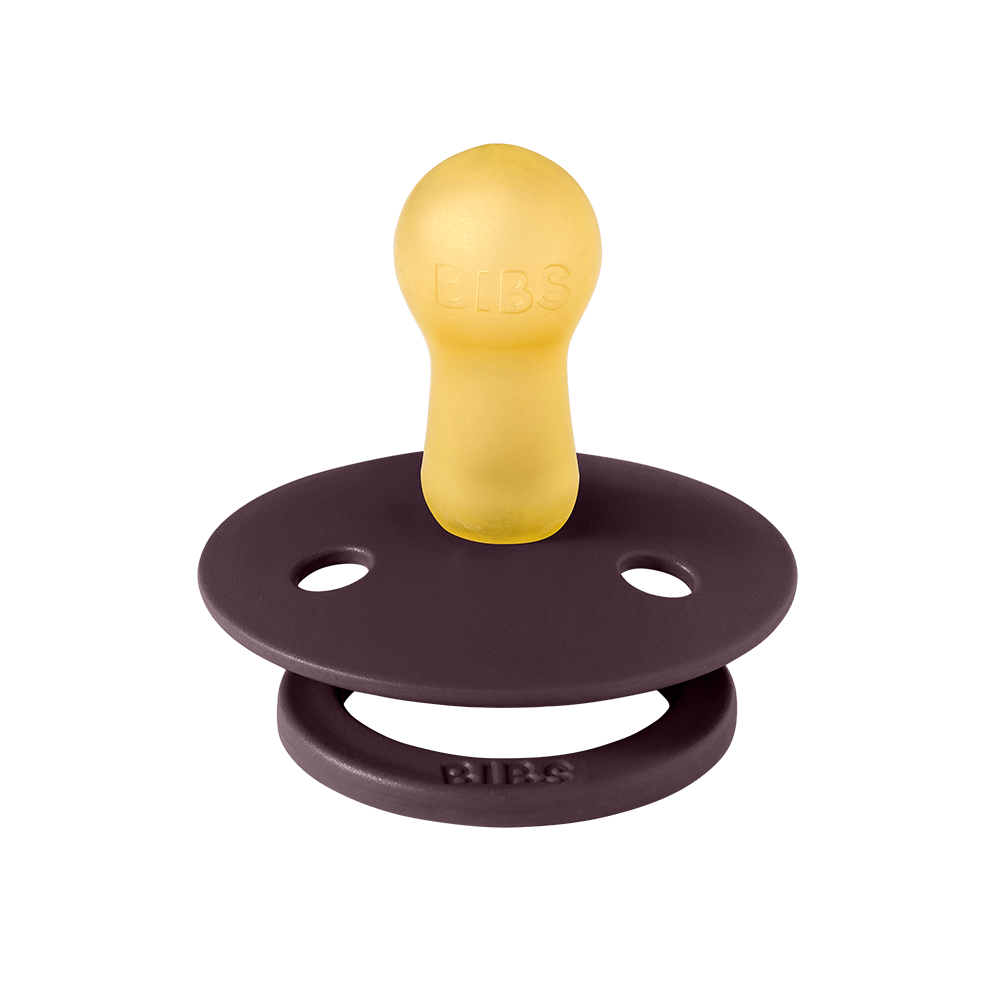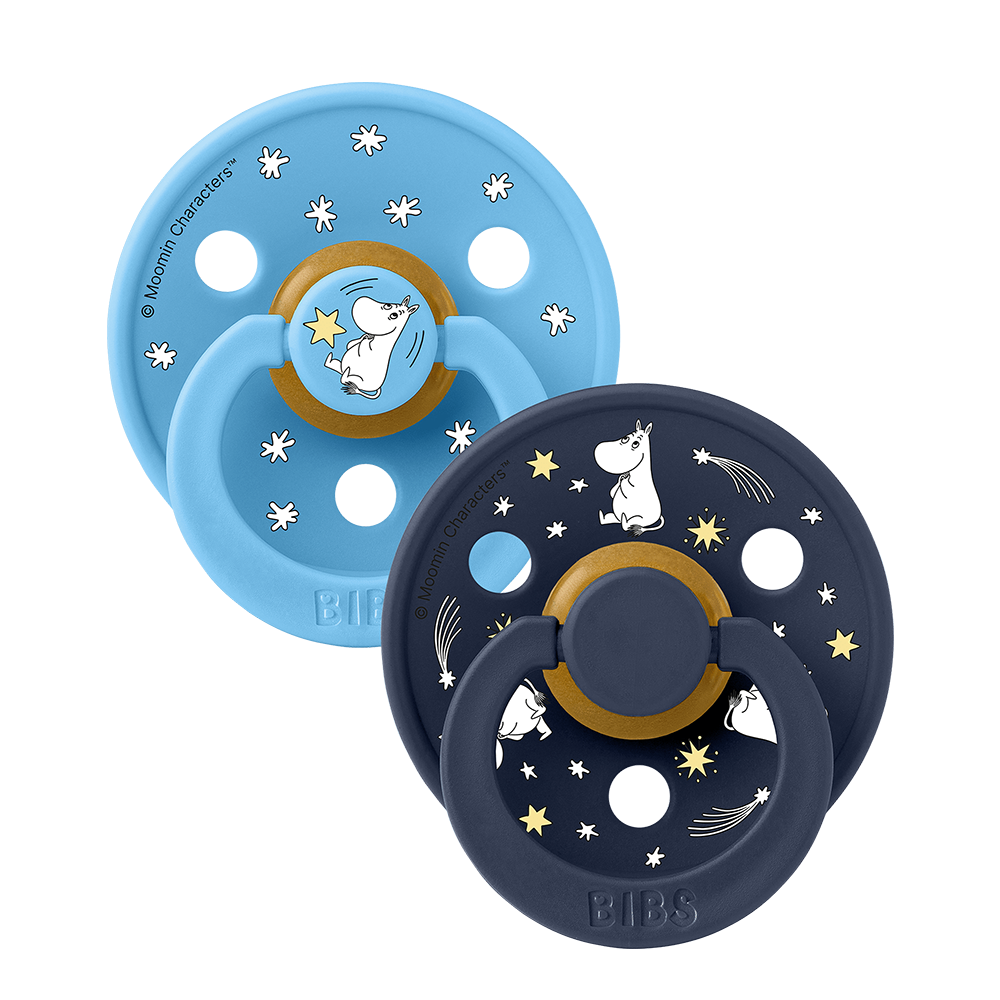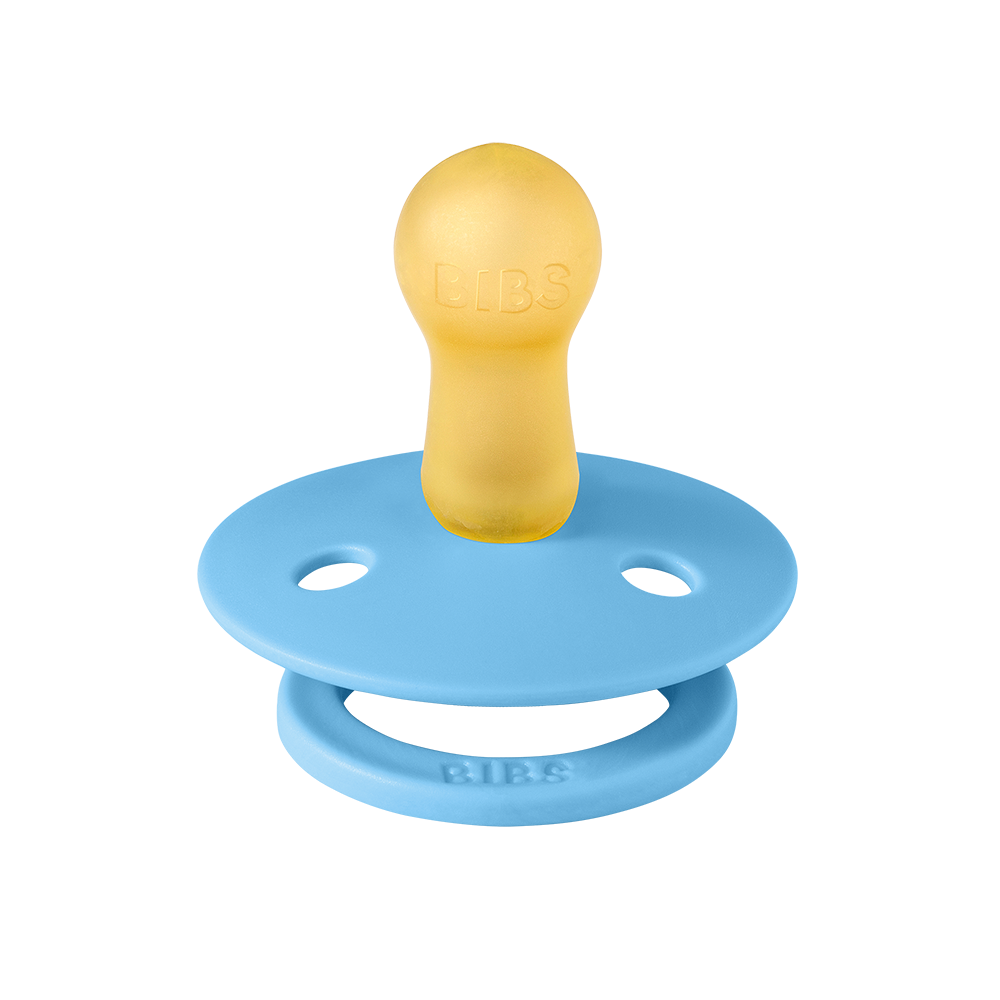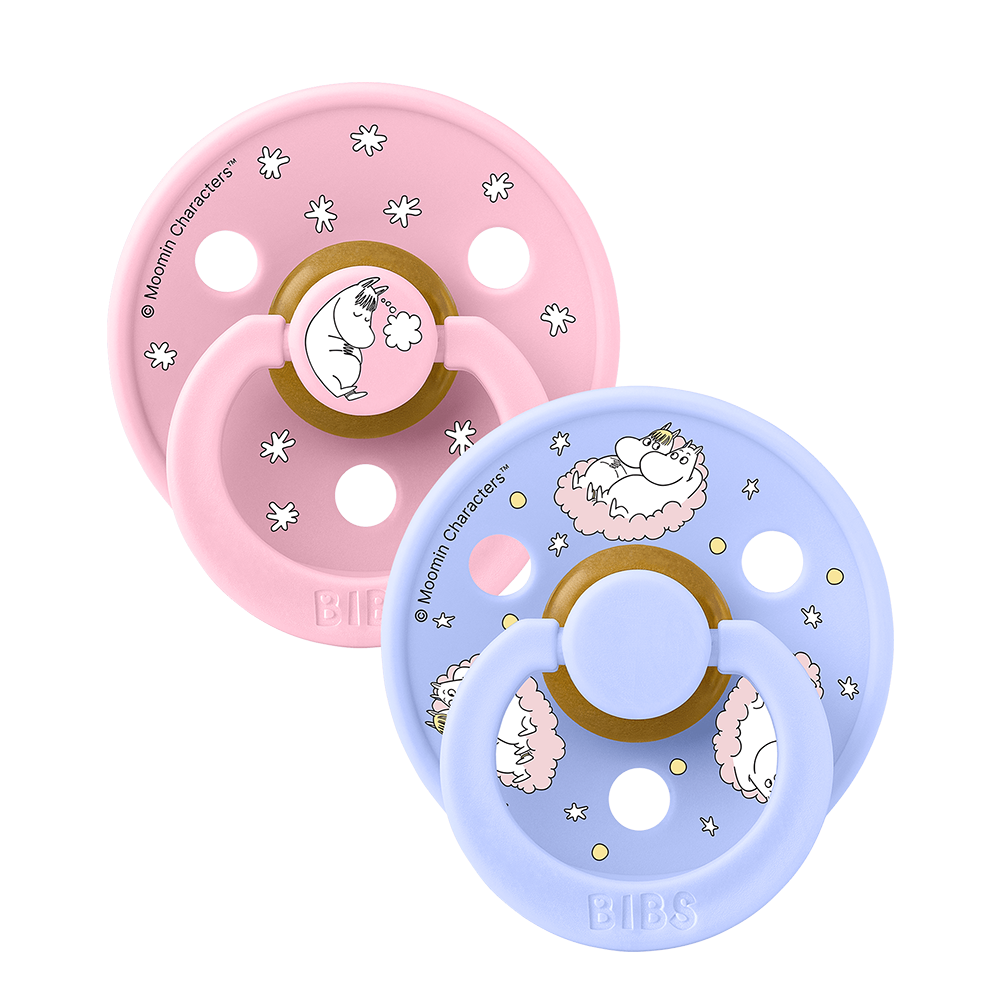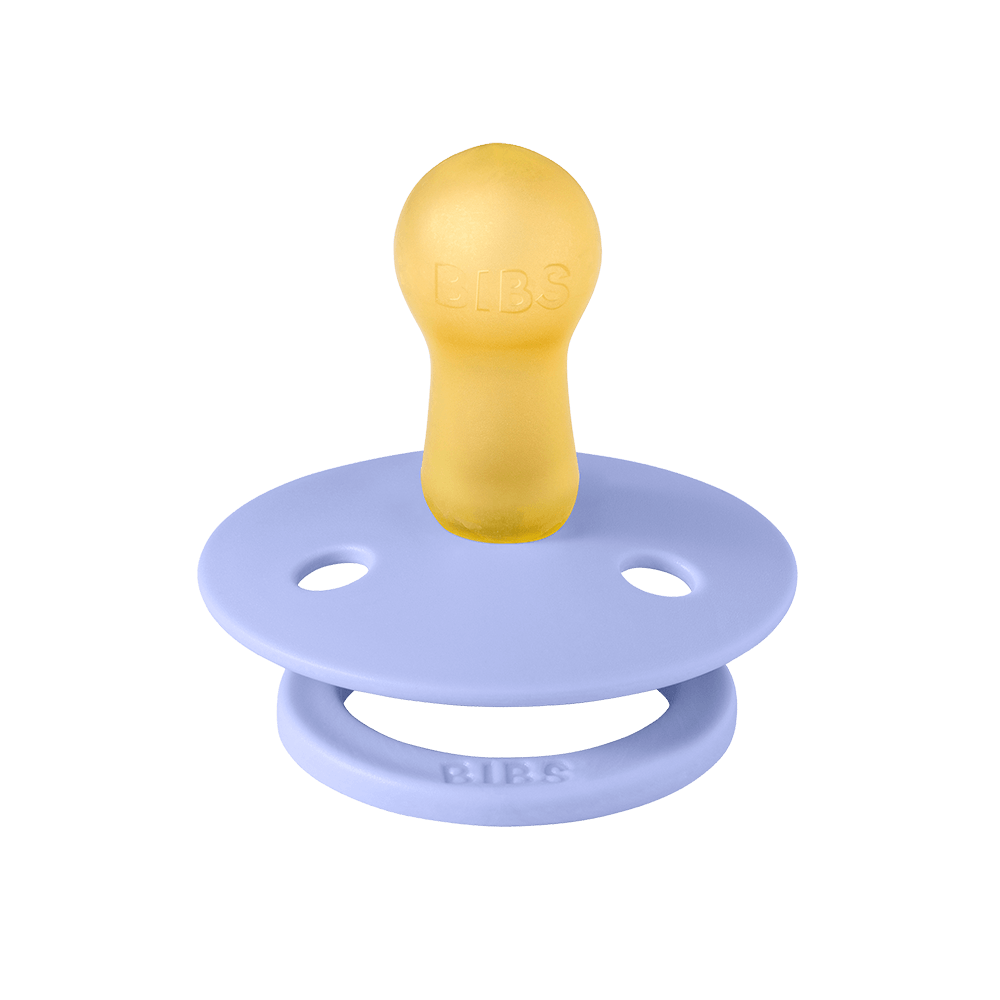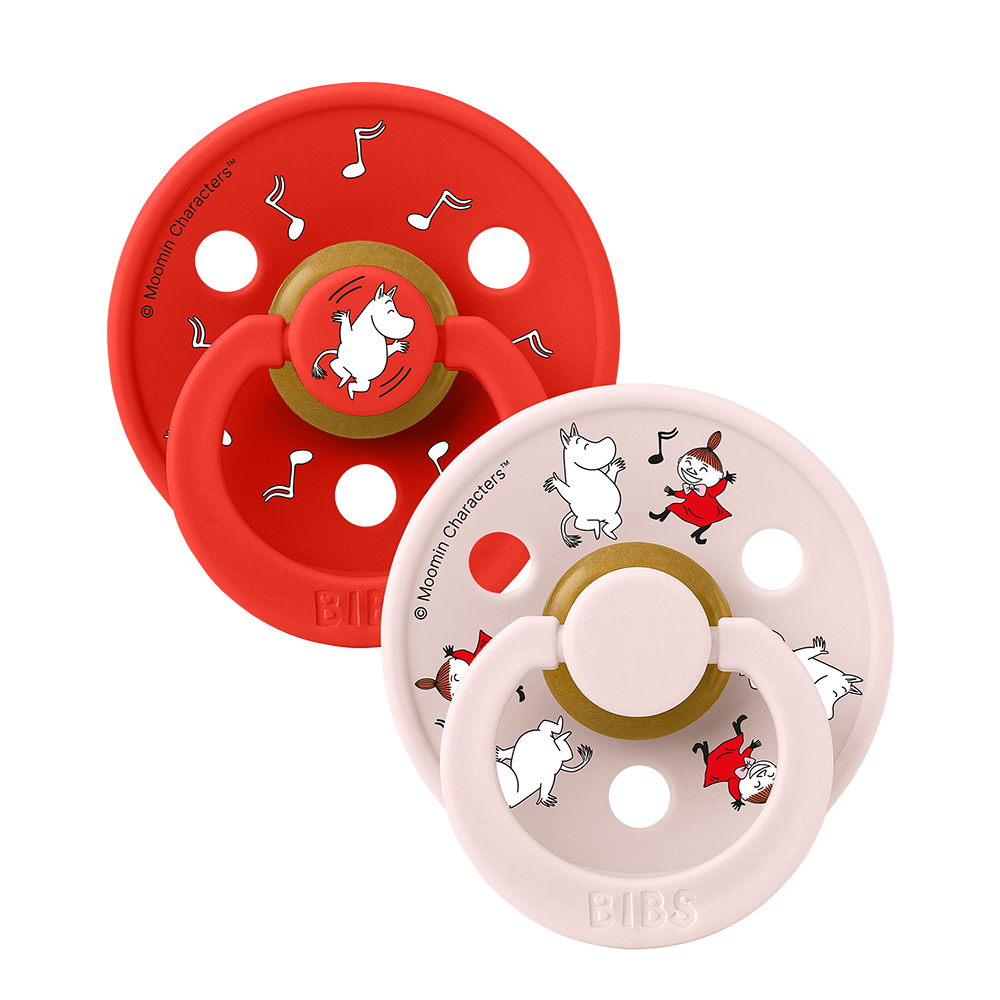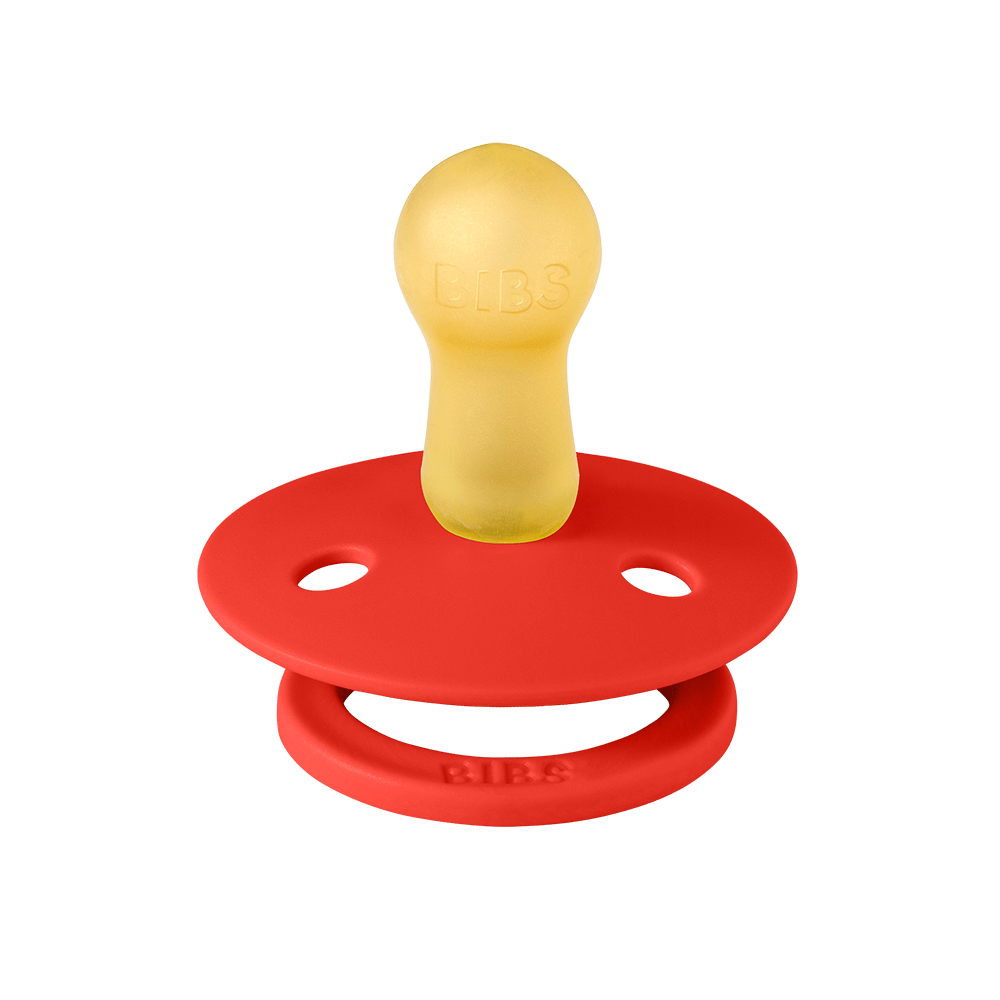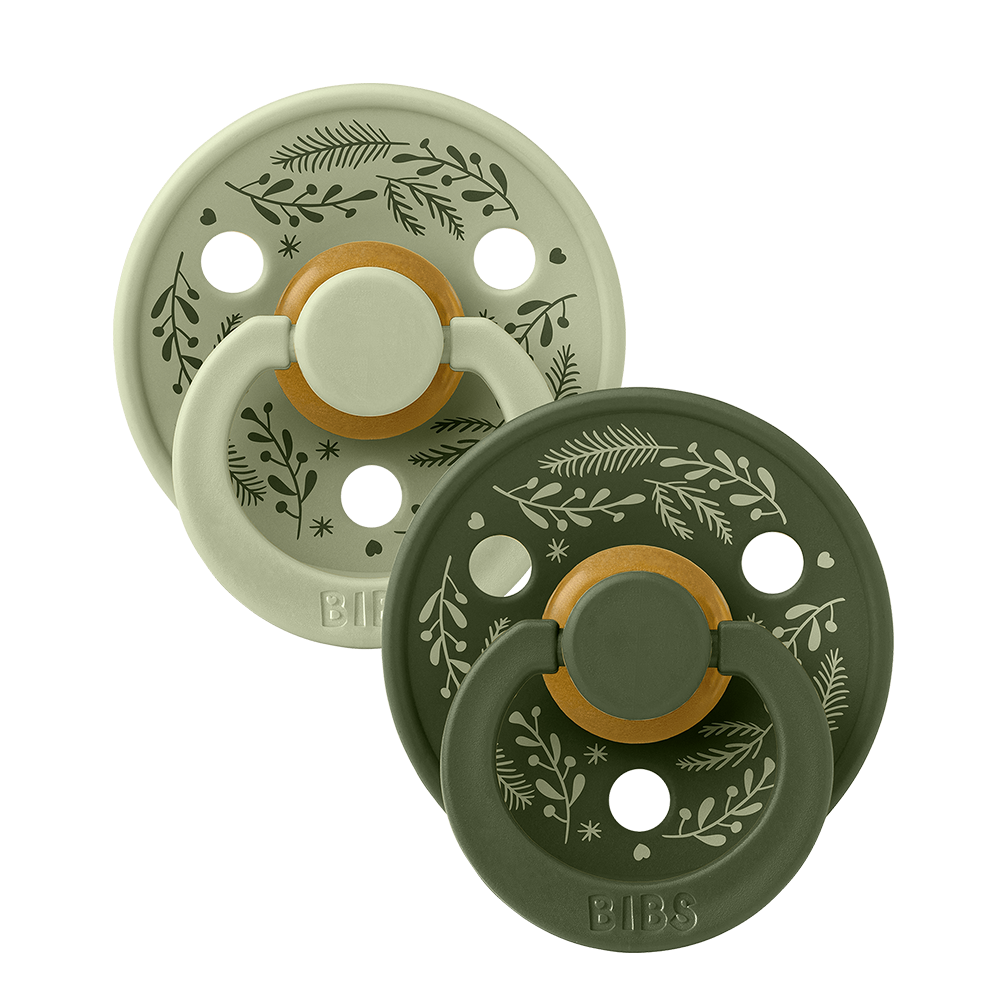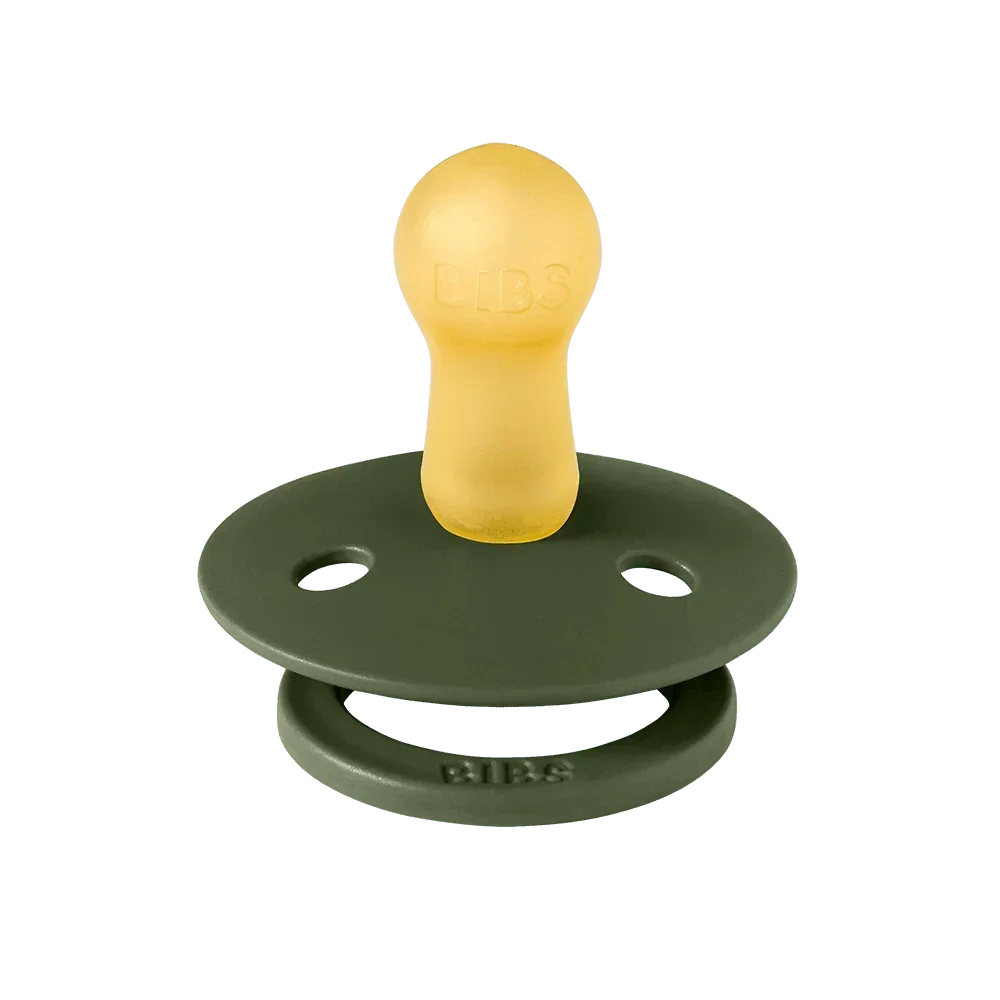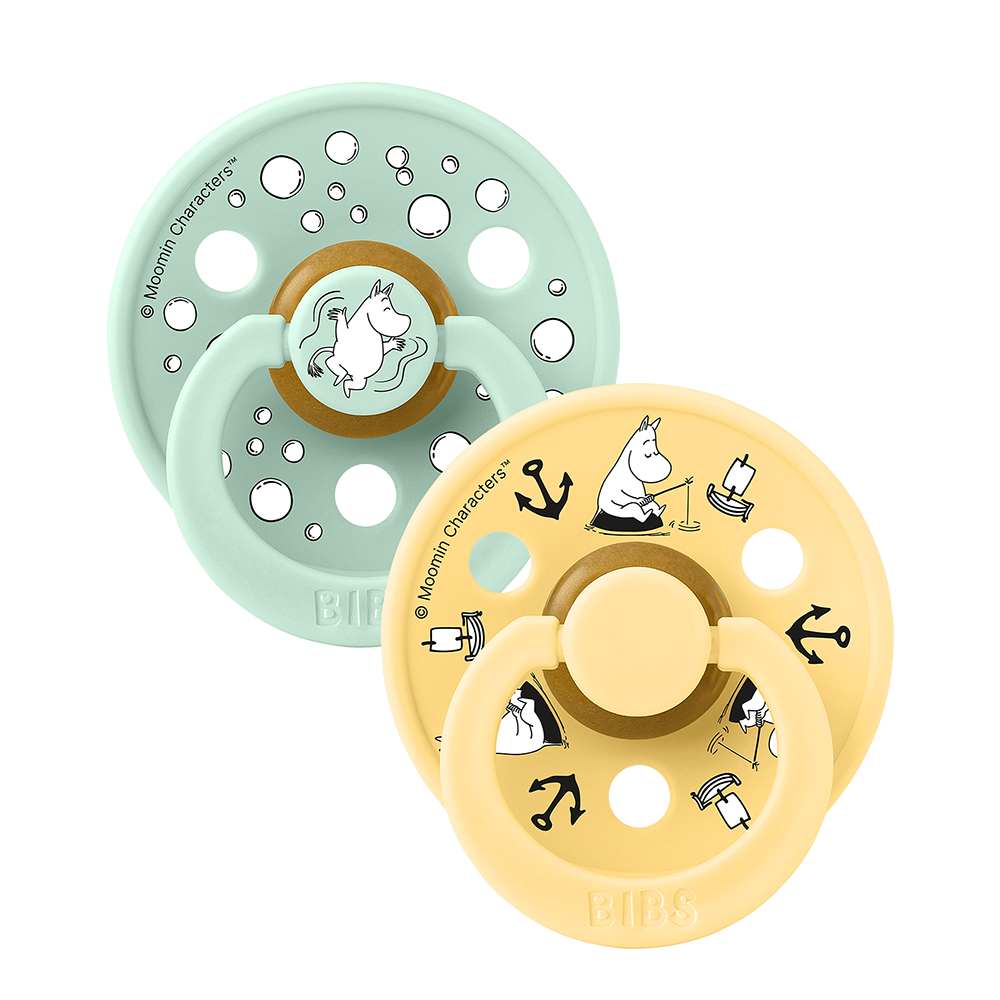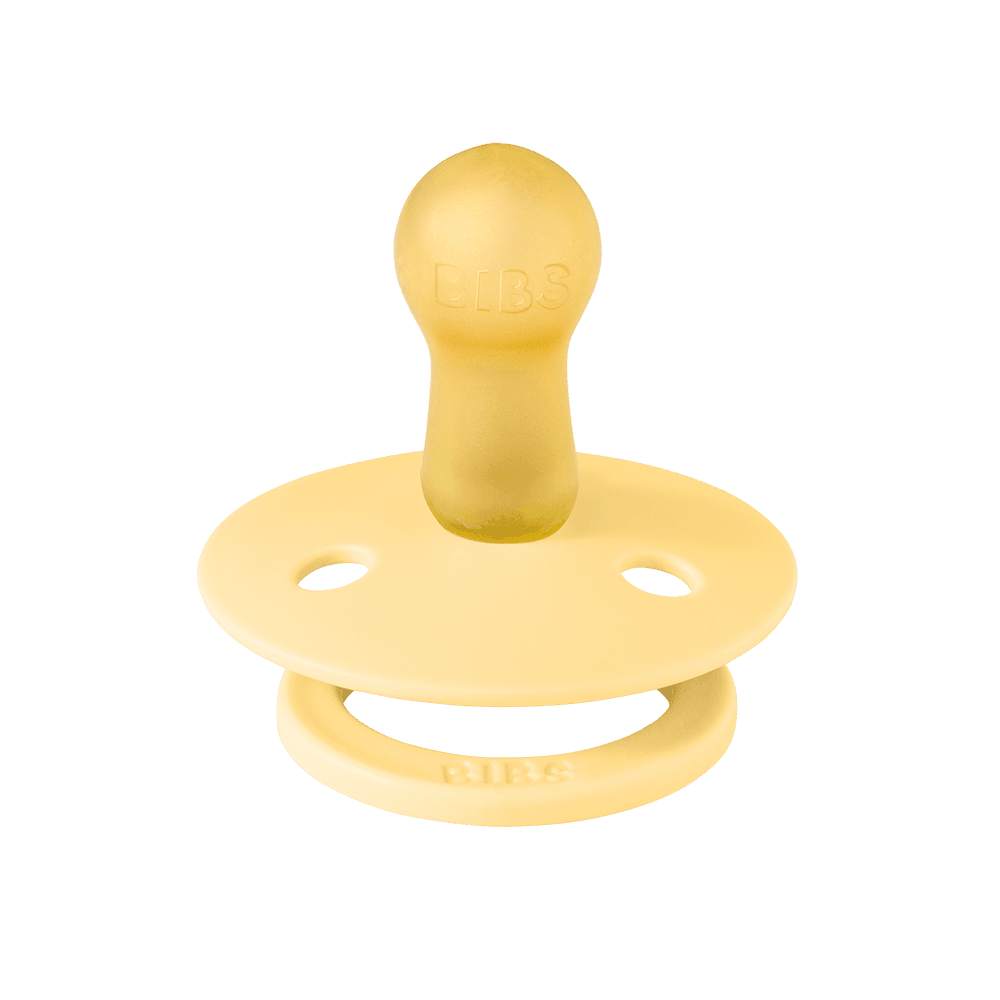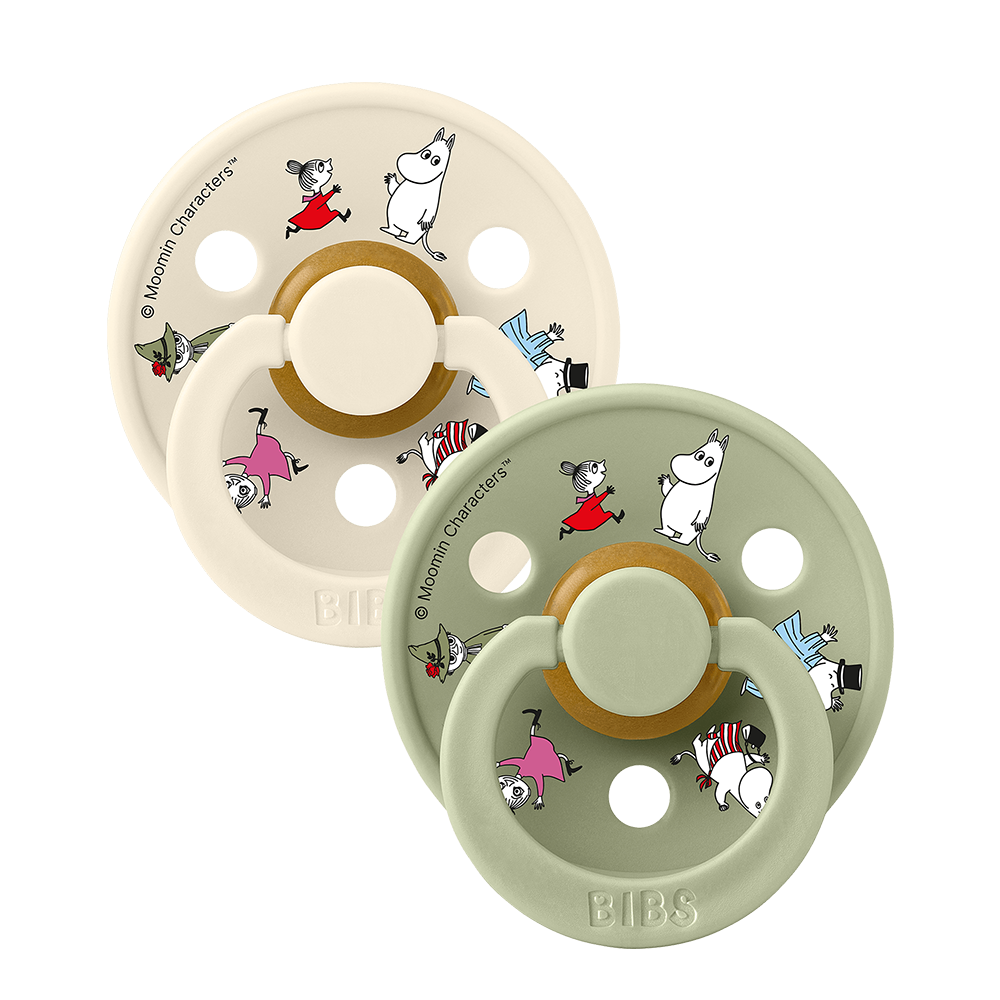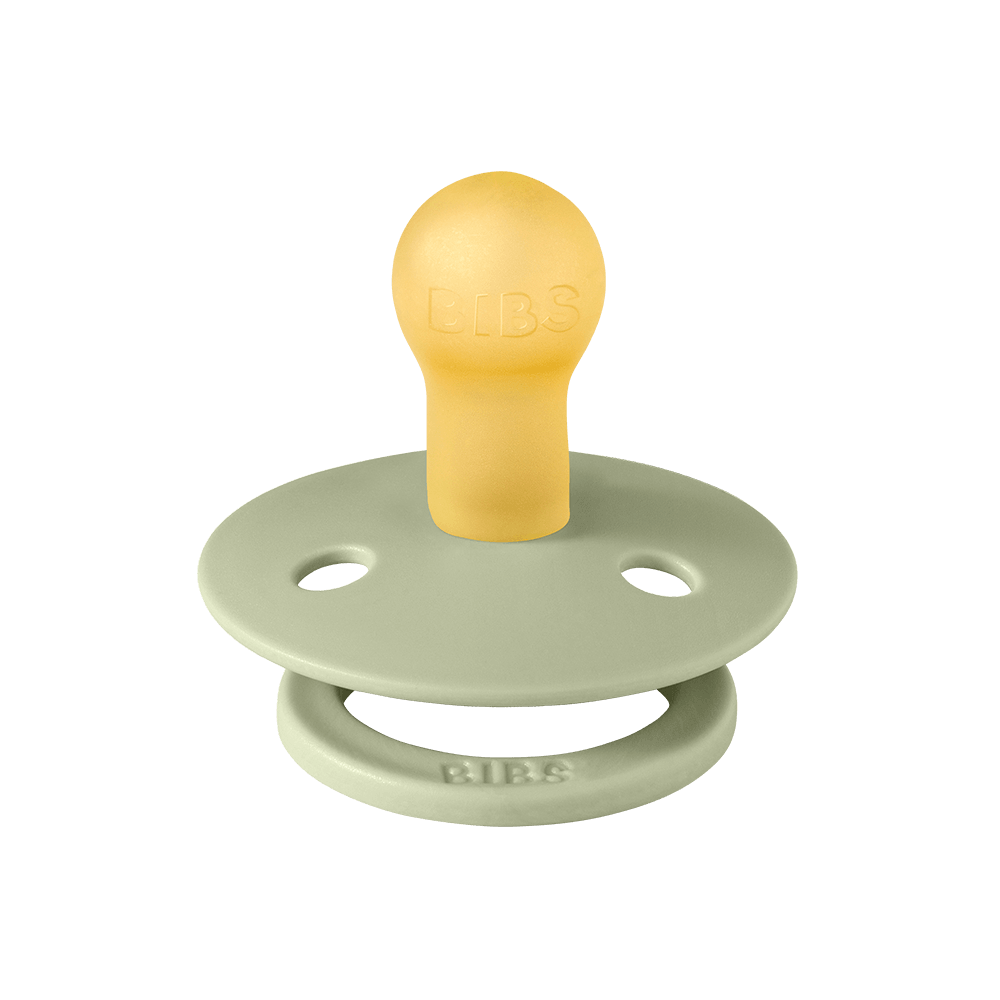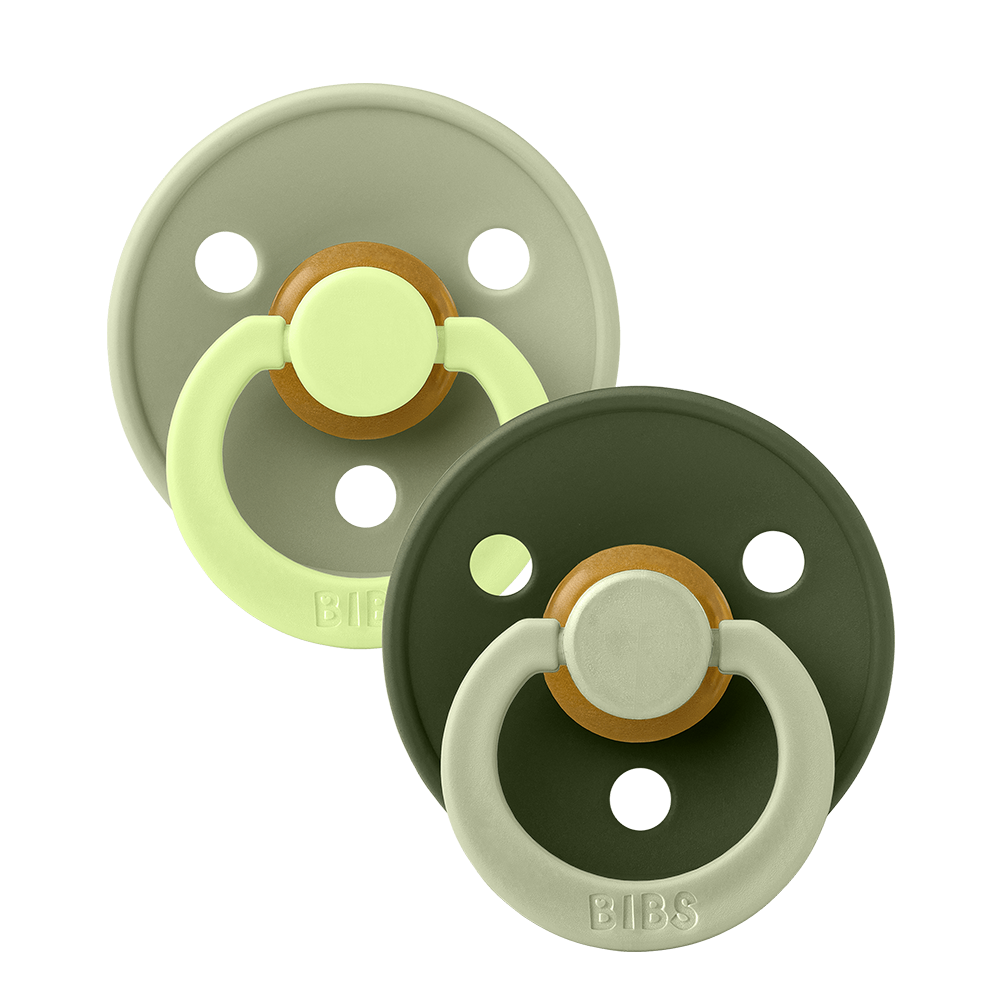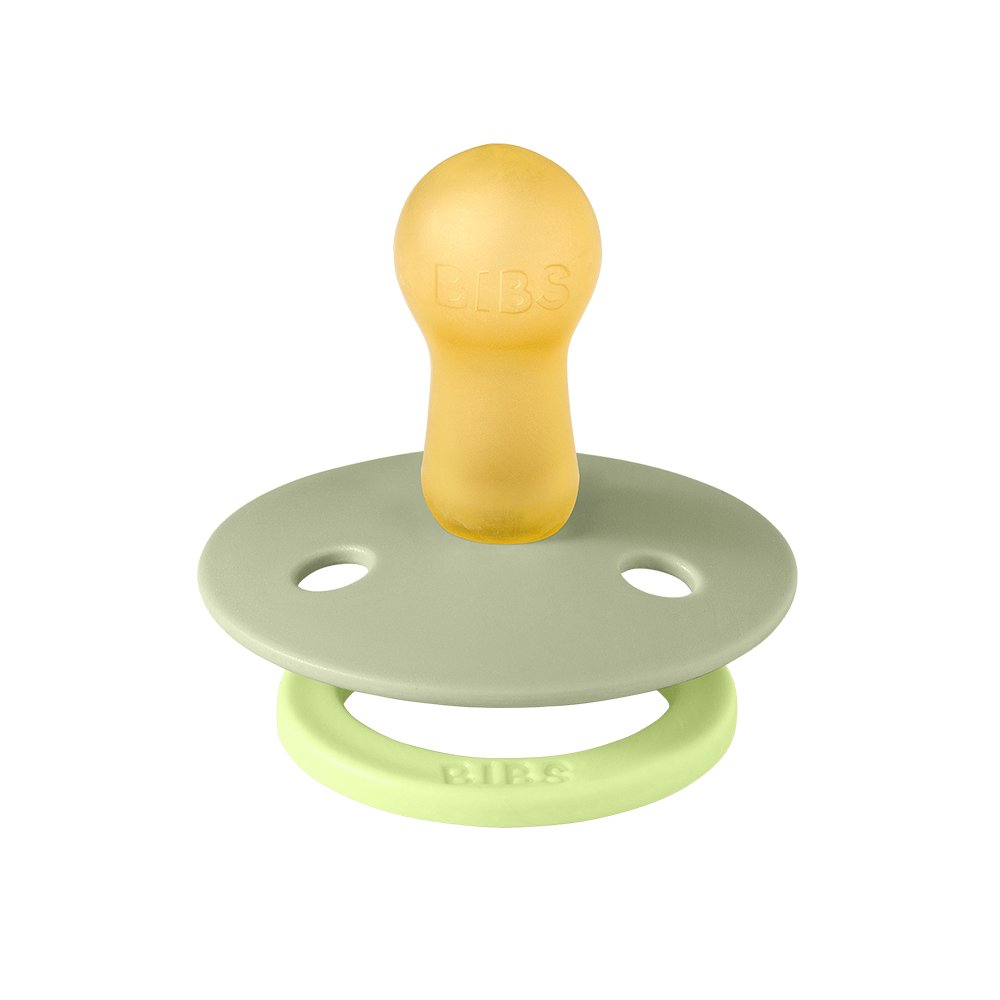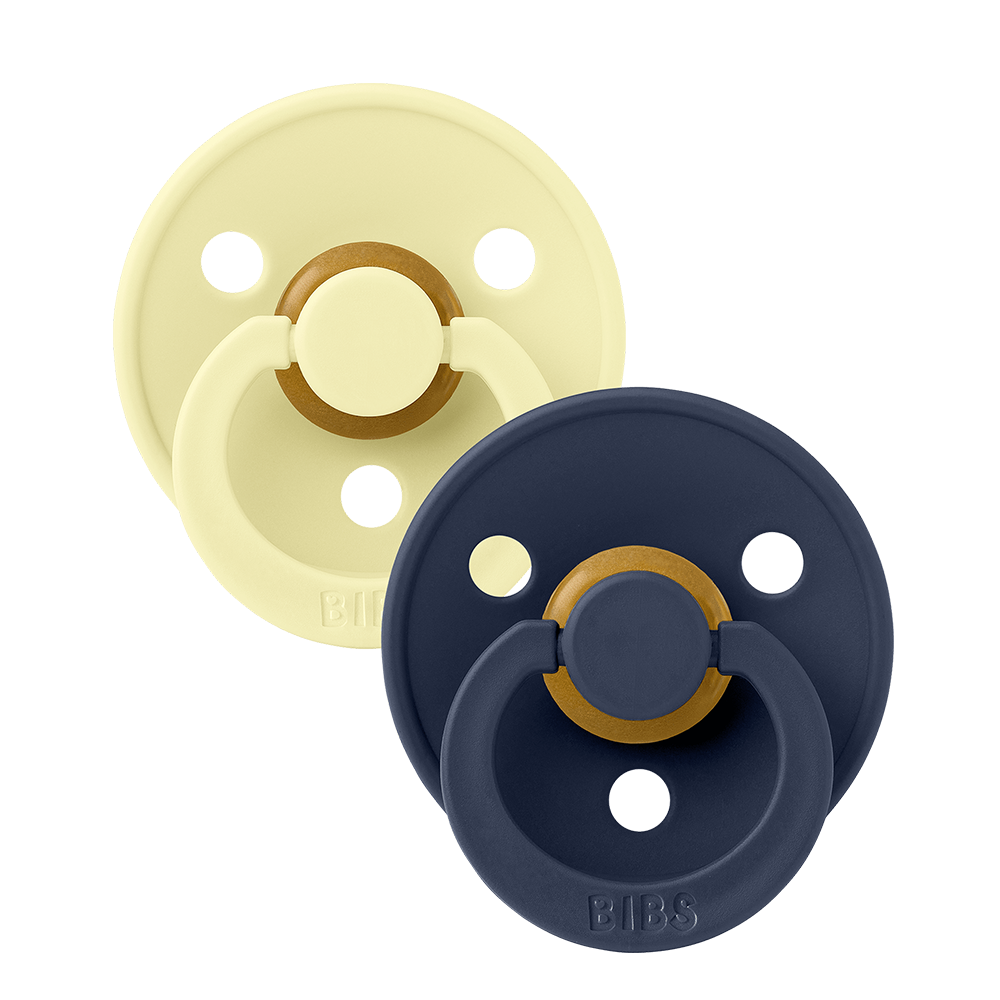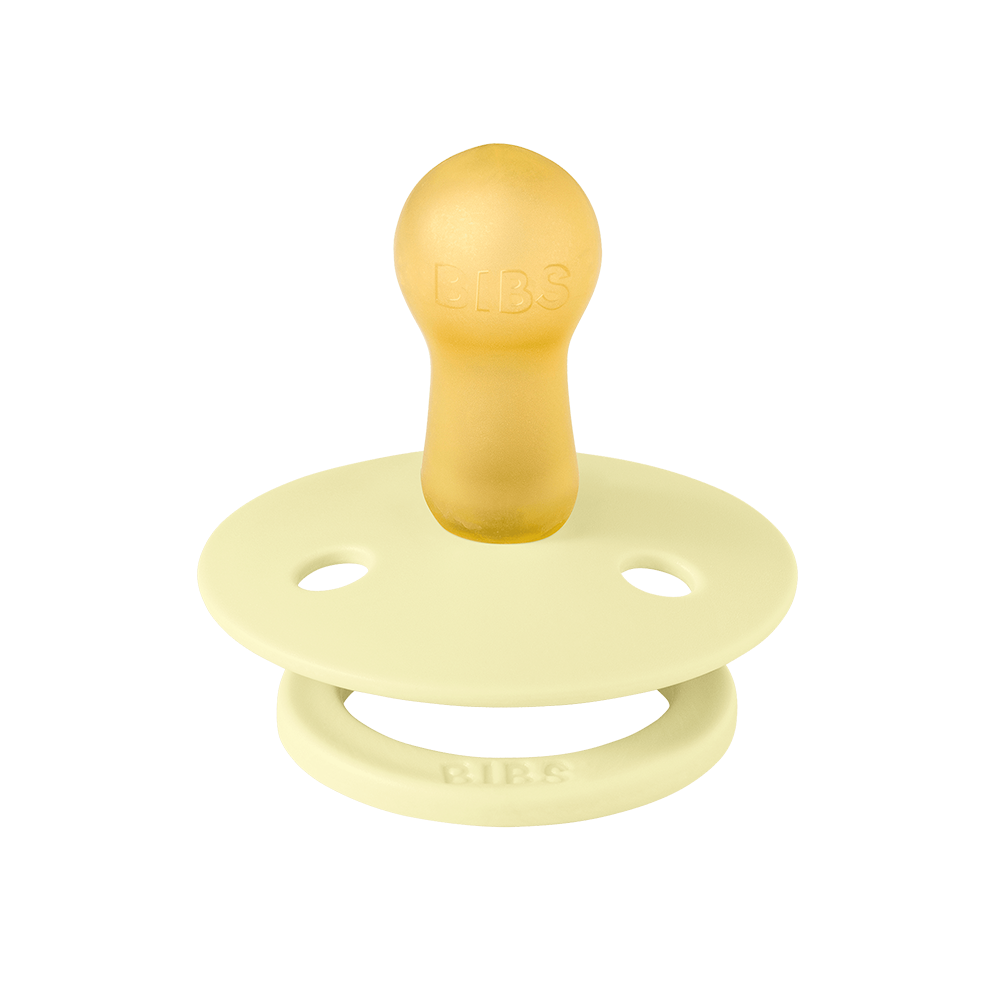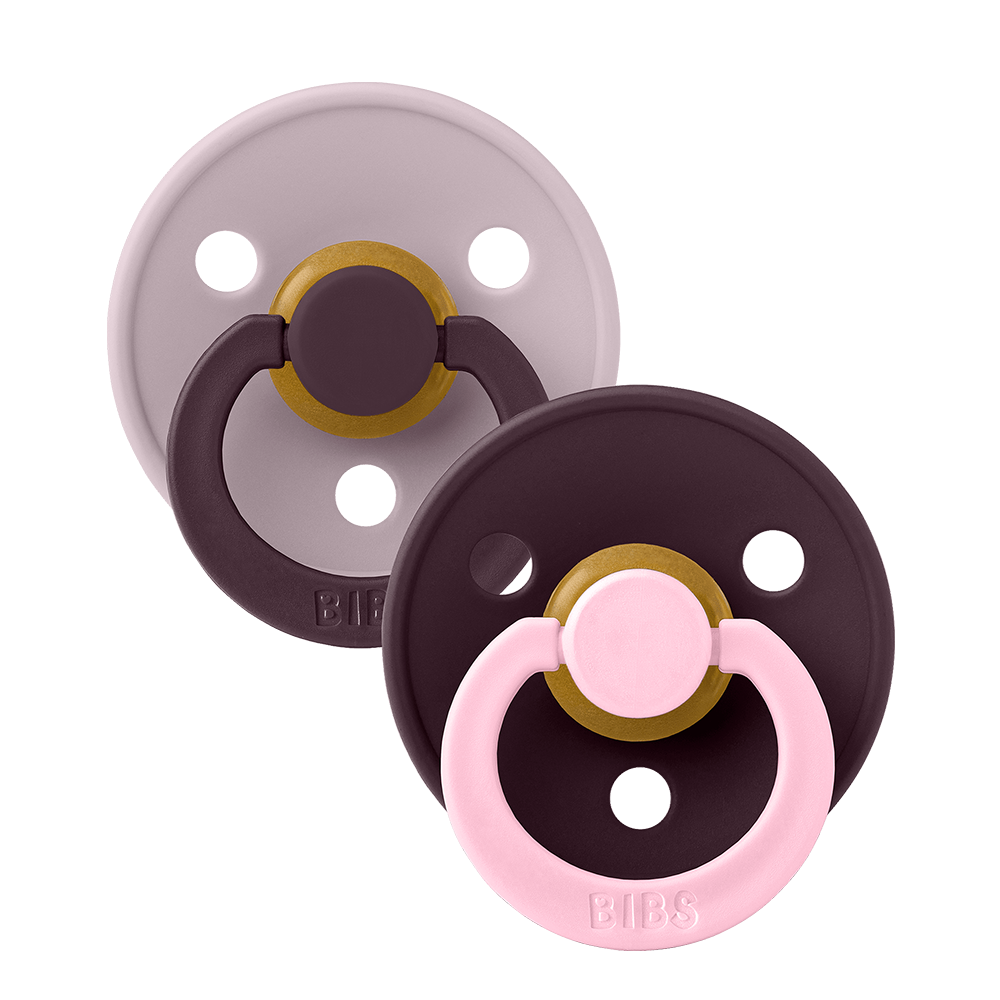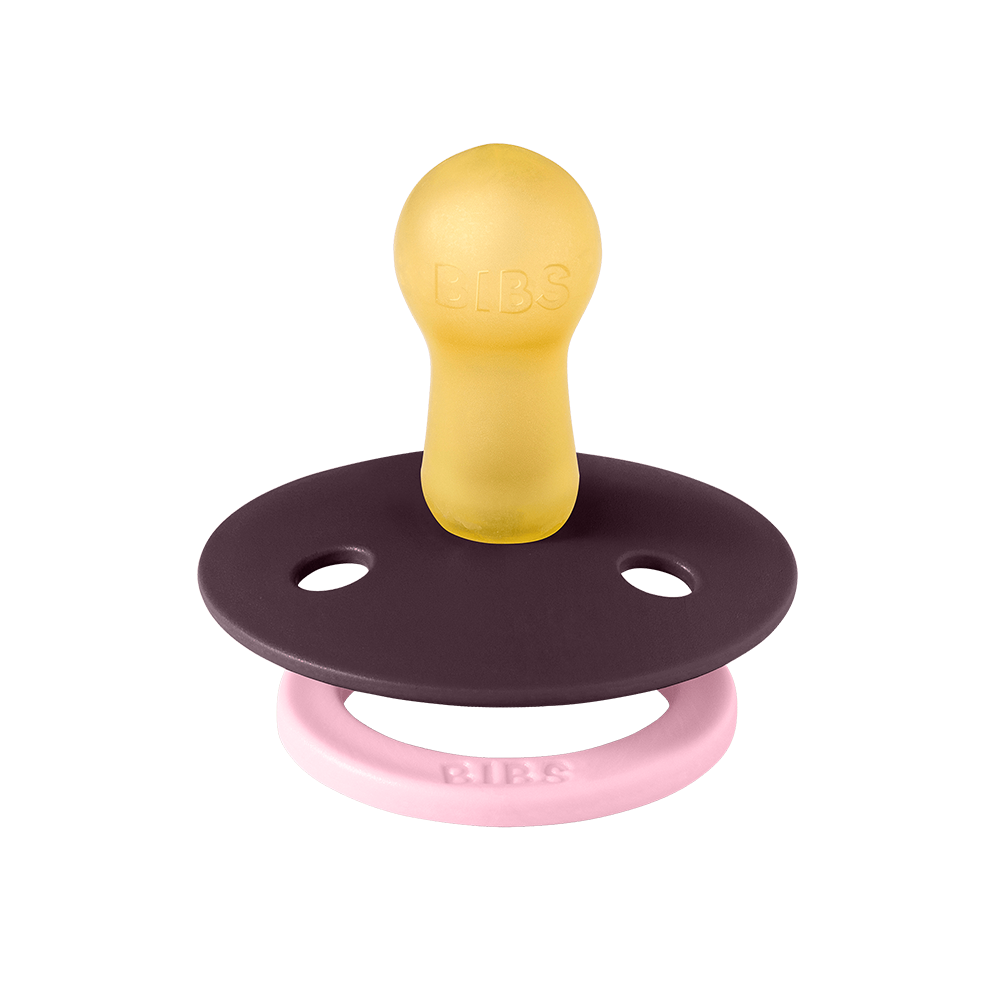
Essential Steps for Success
Embarking on the adventure of potty training can feel daunting, but with the right approach, it can be a smooth transition for you and your child. The process involves recognizing your child's readiness, and making sure both you and the environment are well-prepared. It's important to remember that every child is unique, and there's no one-size-fits-all method; instead, it's about finding what works best for your child's individual needs.
Signs of Toddler Readiness
- Physical Signs: Your child can stay dry for at least two hours during the day or is dry after naps. Look for regular, predictable bowel movements.
- Behavioral Signs: Exhibiting curiosity about adults' bathroom habits, a desire to be more independent, or displeasure with soiled diapers.
- Cognitive Signs: Your toddler can follow basic instructions, communicate when they need to go, or understand words about the potty training process.
Optimal Timing to Start Training
- Age Range: While timing varies, many children show signs of readiness to begin potty training between 18 and 24 months.
- Life Stability: Choose a period with few changes to provide a consistent routine, making it easier for your child to learn. Avoid starting during stressful times or major transitions, like a big move.
Preparing the Environment & Effective Potty Training Tips
When beginning the process of potty training, understanding and selecting an effective method is crucial. Here are some established tips that have helped many parents successfully potty train their child.
1. Choose the right equipment:- Find a potty chair or seat adapter that matches their size to make the experience less intimidating. Feel free to incorporate their favorite color or animal to make sitting on it more appealing.
- Place the potty in an easily accessible location.
- Remember a step stool for reaching the sink.
- Make sure they are wearing comfortable clothing that is easy to take off quickly.
2. Establish a routine:
- Introduce sitting on the potty at regular times, such as after meals or before bedtime.
3. Encourage independence:
- Teach basic hygiene such as wiping and washing hands.
- Allow them to participate in picking out training pants or underwear.
4. Positive Reinforcement:
- Use encouragement, praise, and offer small rewards when an attempt has been made.
5. Role Modeling:
- Children often learn by imitation. Letting them see family members use the toilet can normalize the act of going to the bathroom.
6. Clear Communication:
- Use simple language to explain the process.
- Encourage them to express by establishing a signal or word for when they need the potty.
It's important to be consistent and patient throughout the process, knowing that it is perfectly normal for there to be setbacks. Remember, the best method is one that considers the unique needs, abilities, and personality of your child.
